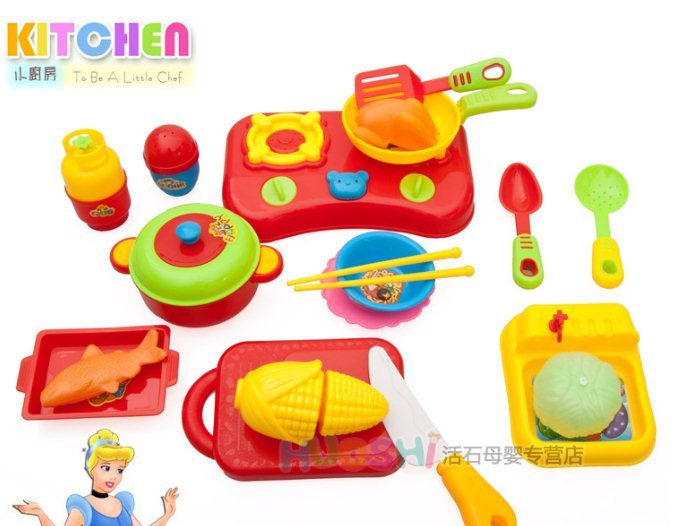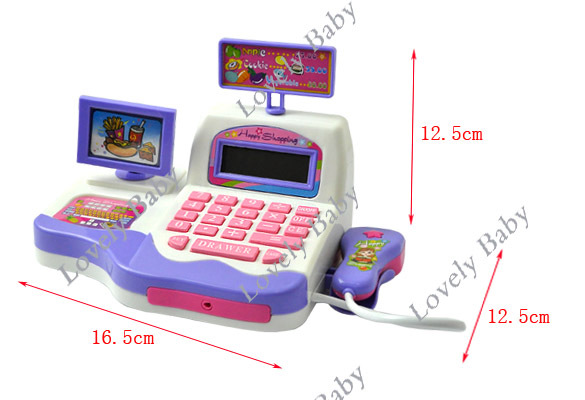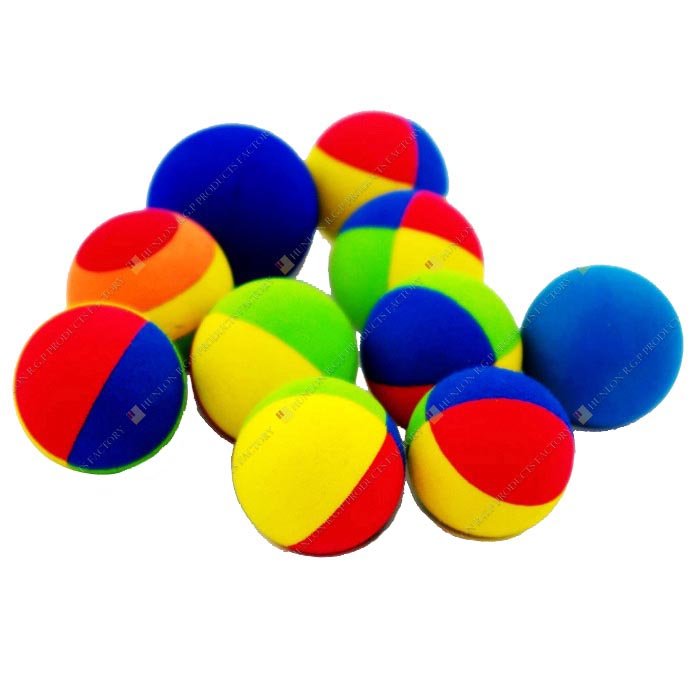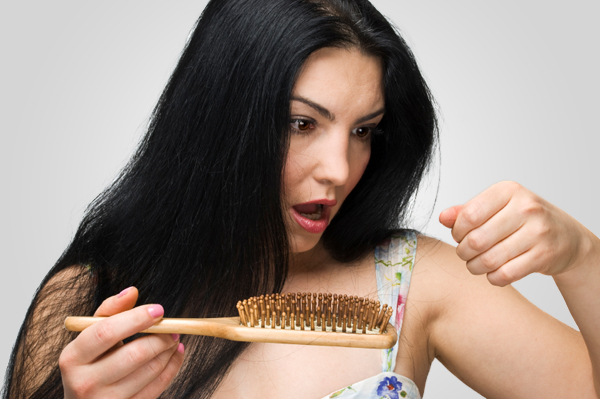Active is what your child is now! He/she is now almost walking well without support and hence get more opportunities to explore greater heights (Be careful and make your home safe for your li'l one)! Hes/her movements are more co-ordinated. The child is now able to use his toys from the previous stages in a much better way, as in he/she is able to use the toy sorter in a proper manner, able to stack blocks to make towers much taller than before, is able to scribble using pencil or crayon (Be careful of your walls; to prevent scribbling on walls, you may like to tape a paper similar to the colour of wall upto the height your baby can reach, so that all his/her masterpieces are on the paper and not on the wall.). Now, the baby also starts showing affection by giving hugs and kisses and also like to imitate adults in simple household routines. Toys at this stage should enhance the motor skills as well help in balance and co-ordination. They should promote problem solving skills, imagination and creativity. Some appropriate toys for this age are-
1. Large Building Blocks
Blocks which can be built up into a big tower or a fort. The blocks which fit into each other (like Mega Bloks) can also be introduced now for more creative designs.
2. Sorting Toys and Puzzles
Shape sorters, now make more sense with the child and also you can now introduce wooden knob puzzles, where one piece has to be placed in its place. This acts like advanced version of shape sorting with shapes being more abstract in outline.
3. Balls
The toddler can now play with a ball by kicking it, throwing it or by running after it while it rolls. Different types of balls may produce different sounds on hitting the ground, which also amuses the child. A favorite game in my house is we (me or my husband) will pretend to hit our champ with a soft ball and he loves dodging from it. We'll throw the ball away from him and pretend to miss the target and he feels he's successful in his dodging attempts and will bring the ball back to us and this goes on filling the whole house with his squeals of joy and laughter.
4. Ride on Vehicles
These could be electronic (like cars and bikes) or manually controlled with a handle for an adult to maneuver if the child gets tired. These help them to practice getting on and off the vehicle as well as practice peddling if it's manually controlled.
5. Pretend Play toys like Tool Bench or Kitchen Set
These will let the child to imitate what adults are doing but with safer tools. These can be used for much longer time and their play will get more complex and imaginative. It helps them to develop their imagination and creativity and also will promote sharing and harmony in later stages.
6. Non Toxic and washable crayons and paper
Kids now love to scribble and it's better to give them a crayon and paper otherwise be prepared with a sponge and soap solution to clean your walls and floor, although writing on walls may still happen even if paper is kept in front but let's hope for the best.
7. Books
Board books, cloth books and all types of books. Picture books work the best as the child now starts identifying the objects and telling him or her the correct word now will help in long run. Your li'l one may even now pick up his/her favorite book for you to read to him/her.
8. Cars and other Vehicles of various Sizes
Kids now love to play with anything with wheels. They love to drive them up and down the bed, sofa, table and sometimes even on your body. The whole world may look like a car track to them.
Apart from all these toys, you may like to take your child out to a play area with climbing gym, slides and swings but make sure to be attentive all the time and never let your li'l one out of your sight. It's also a great time to start with swimming using floating devices. Introducing sandbox is also a good idea at this stage. Give them a bucket and shovel and watch them get dirty!
What's your child's favorite toy? Leave a comment...
Stay connected for posts on Toys for various age groups
Connect on Facebook
Signing off...
You May also like to visit
Kids Corner for Links to Related Posts












































